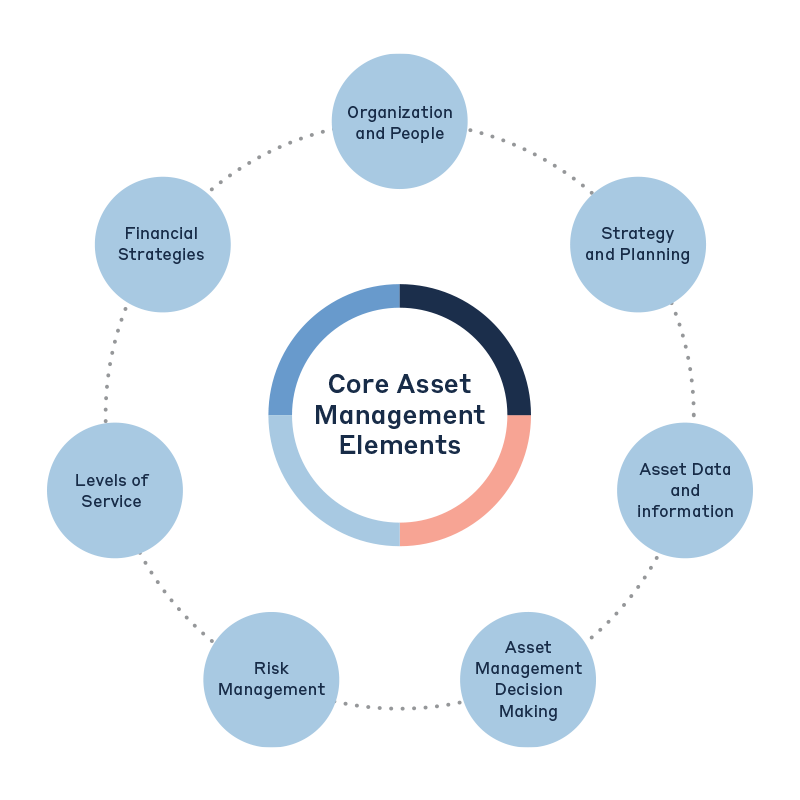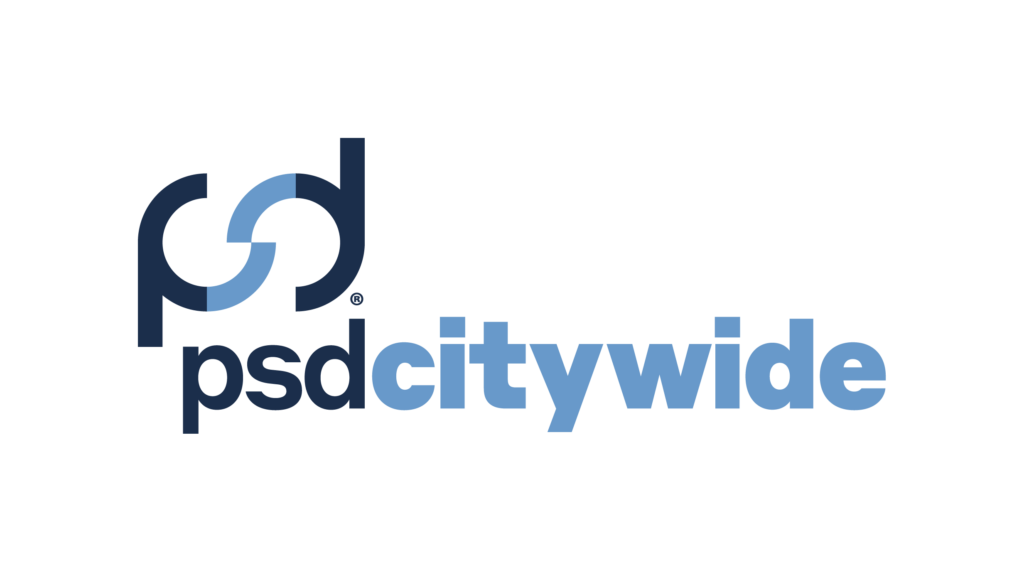Establishing a robust asset management program takes time. With so many critical components and documents such as an asset management policy, risk framework, lifecycle strategies and more, it can be difficult to pinpoint exactly where your community should begin its Asset Management (AM) journey.
Barriers to Effective Asset Management
Consolidating your community’s data into strong asset portfolios can be a resource-heavy and time-consuming task that requires ongoing effort. Barriers such as a lack of resources – including time, money, and people – make it even more challenging to assess and sustainably manage your assets.
The consequences of not addressing these challenges strategically can be detrimental to a community’s well-being. In particular, poor data may lead to knowledge gaps, and neglecting future services may lead to disruption or in the worst cases, complete asset failure. Overcoming these barriers is crucial for effective asset portfolio management for any community.
Luckily, there is an asset management framework that can illuminate a clear direction for your organization and prioritize cross-departmental coordination. By guiding staff to understand and overcome the barriers associated with strong service delivery, the following seven elements are intended to assist communities with advancing their asset management maturity.

Understanding the Seven Core AM Elements
Step #1: Adopt an Asset Management Strategy
The development of an asset management strategy sets the stage for the development of a strong AM journey. Giving your AM journey a clear direction often requires cross-departmental coordination. By unifying all of the essential departments within the organization, and perhaps even creating an asset management committee, the task of identifying any gaps within your organization can be simplified, and your AM journey will be quickly underway.
Find out more about the benefits of an AM strategy.
Step #2: Organization & People
Further equipping your organization’s senior management team (SMT), elected officials, and staff with a solid understanding of the benefits of an asset management solution is crucial for establishing organizational capacity for asset management. Obtaining and subsequently maintaining the involvement and support of staff will help foster a collaborative, organizational culture needed for implementing asset management activities.
Moreover, the establishment of cross-departmental teams, committees, and routine communication dedicated to the community’s asset management practices is a necessary component of building organizational capacity.
Step #3: Asset Data and Information
While the practice of linking data and identifying discrepancies between datasets can be a time-consuming process, it produces significant long-term benefits. Using a consistent format for recording data assists with overall reporting and ensures that accurate information is being collected on assets in order to develop the most effective financial and lifecycle strategies. Additionally, consolidating financial data and field data will provide a more holistic view of assets as it allows for better long-term planning and reporting.
Step #4: Asset Management Decision-making
The decision-making processes to manage a single network of assets, such as roads or water, are complex and challenging. Creating a clear decision-making framework founded on reliable data and efficient coordination will assist local governments in fixing problems that are often amplified by a lack of organizational planning.
In some cases, efficient decision-making processes will include retaining industry experts, developing lifecycle models and budget scenarios with industry experts, and assigning personnel to project teams.
Step #5: Risk Management
Understanding the condition and potential risks associated with certain assets and their failure or breakdown is critical to a holistic asset management program. This core element defines the local government’s identification, understanding, and management of economic, financial, social, and reputational skills. Thus, developing a system to evaluate, rank and prioritize asset maintenance will help your community determine which assets have the most pressing needs and bolster the local government’s esteem.
Step #6: Levels of Service
Levels of service can be used as a framework to track data over time and assess how well you are meeting the needs of your customers within budgetary and other constraints. By tracking data over time, decision-makers have evidence to support key concerns regarding service delivery, rather than a “gut feeling” or “perceived” customer preference. Data indicating the increasing time of service outages, or increased number of customer complaints, can clearly demonstrate that new strategies need to be undertaken.
Managing levels of service is also about understanding the trade-offs and compromises that need to happen with the cost, performance, and risk in order to keep all three pieces of the spinning top balanced. Using the AM strategy, staff expertise, and the desires of community stakeholders, a community’s unique influencers will come to light.
Step #7: Financial Strategies
Optimal lifecycle strategies can be employed to get the most value out of each asset and long-term financial planning will become far more effective. Strong financial management defines the capacity of the local government’s current financial strategies to maintain a practical asset management program. Short- and long-term capital and operating/maintenance requirements for municipal assets must be informed by the community’s asset management, risk management, and levels of service strategies.
Final Takeaways
Establishing a robust asset management program is crucial for municipalities, but it comes with its own set of challenges. Overcoming these barriers in your community requires a comprehensive asset management journey, involving steps that prioritize cross-departmental coordination, data management, and risk management. Each step contributes to the maturity of the asset management process, ensuring efficient operations and preparedness for future challenges. By strategically addressing these components, municipalities and local governments can develop a resilient asset management program that safeguards their well-being and fosters sustainable growth.
You can read more about how Citywide Assets empowers governments to optimize their processes and improve service delivery, or reach out to start your AM journey together.



